Sewing Pattern Tools You Need | Elise's Sewing Studio

We are a participant in the Amazon Services LLC Associates Program, an affiliate advertising program designed to provied a means for us to earn fees by linking to Amazon.com and affilated sites.
We may earn money or products from the companies mentioned in this post.
Whether you are looking to learn pattern drafting or just want to take a pre-existing pattern and make it fit you better, you will need some sewing pattern tools.
There is a lot on the market, and you don’t need all of them. Here I’ll show you which ones I use and consider the most important as well as the more optional ones.
My most used sewing pattern tools for making my own patterns or adjusting bought patterns are:
You need a pencil because you are going to revise and erase your lines. I was taught pattern drafting by someone who insisted on a 0.5mm mechanical pencil for the finest and most precise lines, but I prefer a regular sharp HB pencil because I don’t like the squeaky noise that mechanical pencils can make.
I actually just use brown kraft paper from either my local dollar store or post office because it is readily available and inexpensive.
However, if you are tracing patterns it is good to have a roll of actual pattern making paper but I don’t tend to do this myself.
Eraser
This is a must! You will be erasing your pencil lines especially if you make adjustments to your pattern.
You want to use matte transparent tape and not shiny gift wrap tape (“cellotape”). This is because you can write on top of this tape with a pencil, and it is easier to lift off and move if you need to.
Grid ruler
I have both a grid ruler (the kind that gets used with a rotary mat) and a see-through ruler. You’ll need it for straight lines, plain old measuring.
I like to use the grid to draw on seam allowance, or to make sure that lines are square/at a 90-degree angle when needed.
Tape Measure
Another must. Chances are you have one of these in your sewing kit already. You’ll need it to measure your pattern to check against your measurements, adjust your pattern and more.
Whenever you are measuring a curved line on your pattern, use your tape measure along its edge and measure along the curved line. Do not measure straight across a curved line on a sewing pattern or your measurement will be inaccurate.
Hip Curve Ruler
The gentle curve of this ruler is useful for when you are drawing curved lines. I find I use this a lot when working on patterns for lower body between the waist and hip area.
My waist and hip measurements fall in different sizes, so I always have to draw a line between my waist and hip size. I use my hip curve ruler for this.
Nice to have drafting toolsYou don’t need every pattern drafting tool to get started. You can start with the more basic items on the list above and decide to upgrade.
While some tools are necessary to get started, the more you work with patterns the more you will realize what tools you will find useful and which ones you can do without.
This smaller curve is great to help draw necklines, bust curves, armholes (armscye) or any other tighter curves. This is an item I like to use, but if you are just getting started adjusting patterns this isn’t the most crucial one to start with.
Flexible Curve
This bends into different shapes, making it easier for you to draw curved lines. If you are highly skilled with a pencil you might be able to skip this one especially if you have other curved rulers, but I like mine.
I found one on Amazon that has both metric and imperial measurements – great for sewing!
I use mine to draw on seam allowance on curves. I adjust the gauge to the right measurement and then line that up with my sitiching line. Next I make dots along the curve. Then I connect the dots, often with a flexible curve.
Not something I use myself. It’s basically a hole puncher that creates a little line in your paper pattern where the notches are to make it easier to note the notches when you go to cut them out.
Tracing wheel
Tracing wheels create perforations in the paper when tracing paper patterns. I have one I got in college – we were told we needed them – but I haven’t used it in (many) years.
Some people use tracing wheels often, however, so it is up to you if you think you will find it useful.
What tools do you find useful when working with patterns? Any I missed, or do you have tools you don’t find use much? Let us know in the comments below.
Related Blog posts:
How to change a neckline by drafting a new neckline facing
Clone your leggings by making a pattern from an existing pair
Enjoyed the project?
The author may collect a small share of sales from the links on this page.



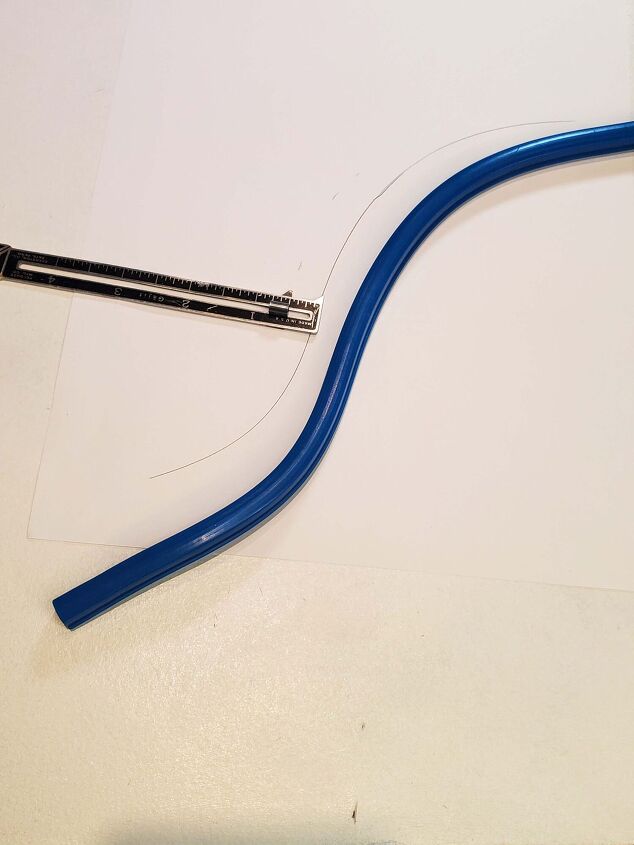
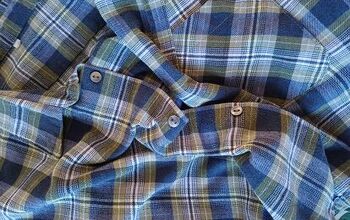
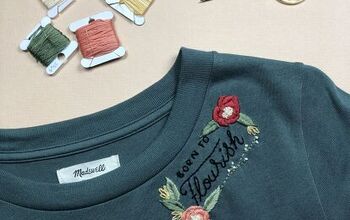
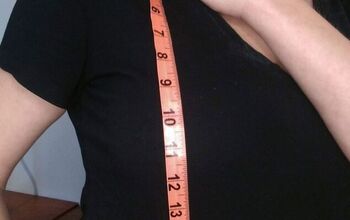
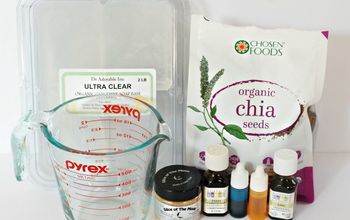
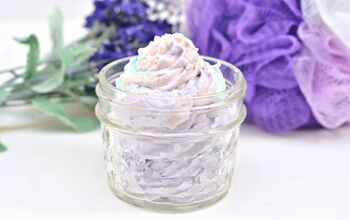


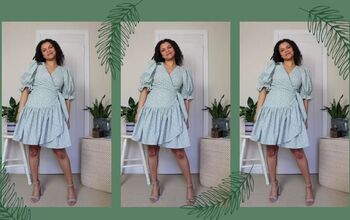

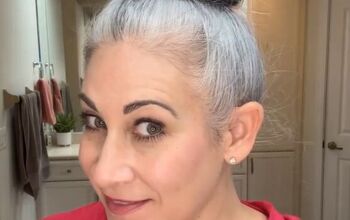
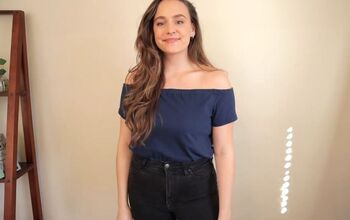


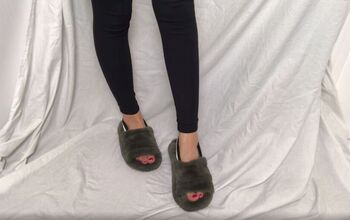

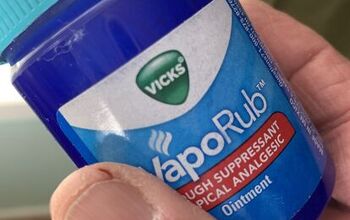


Comments
Join the conversation